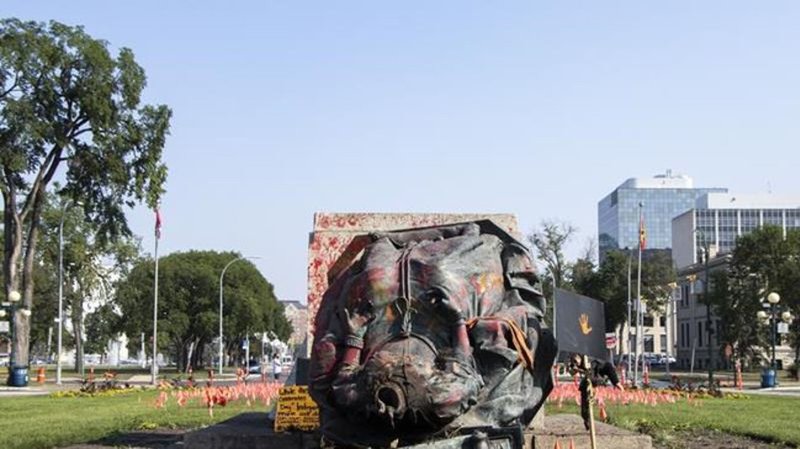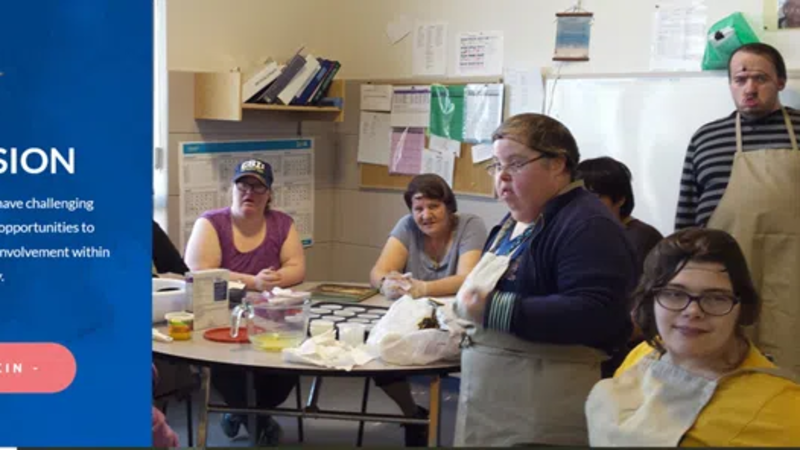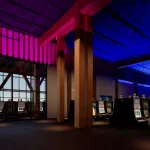
Two toppled statues and a Manitoba premier’s response set in motion major changes
WINNIPEG — Few might have foreseen it at the time, but the toppling of two statues on the Manitoba legislature grounds in July would end up having far-reaching effects on Manitoba politics.
The government’s response to it — led by remarks that were repeatedly revised — would lead to the resignation of a cabinet minister, would prompt veiled criticism of then-premier Brian Pallister from government caucus members and may have hastened Pallister’s departure from the premier’s office.
“It’s part of the moral duty of a politician, it seems to me, to not inflame social divisions but rather to seek to build consensus and support for the actions you propose to take,” said Paul Thomas, professor emeritus of political studies at the University of Manitoba.
The two statues were tied with ropes and hauled to the ground during a demonstration on Canada Day over the deaths of Indigenous children at residential schools.


